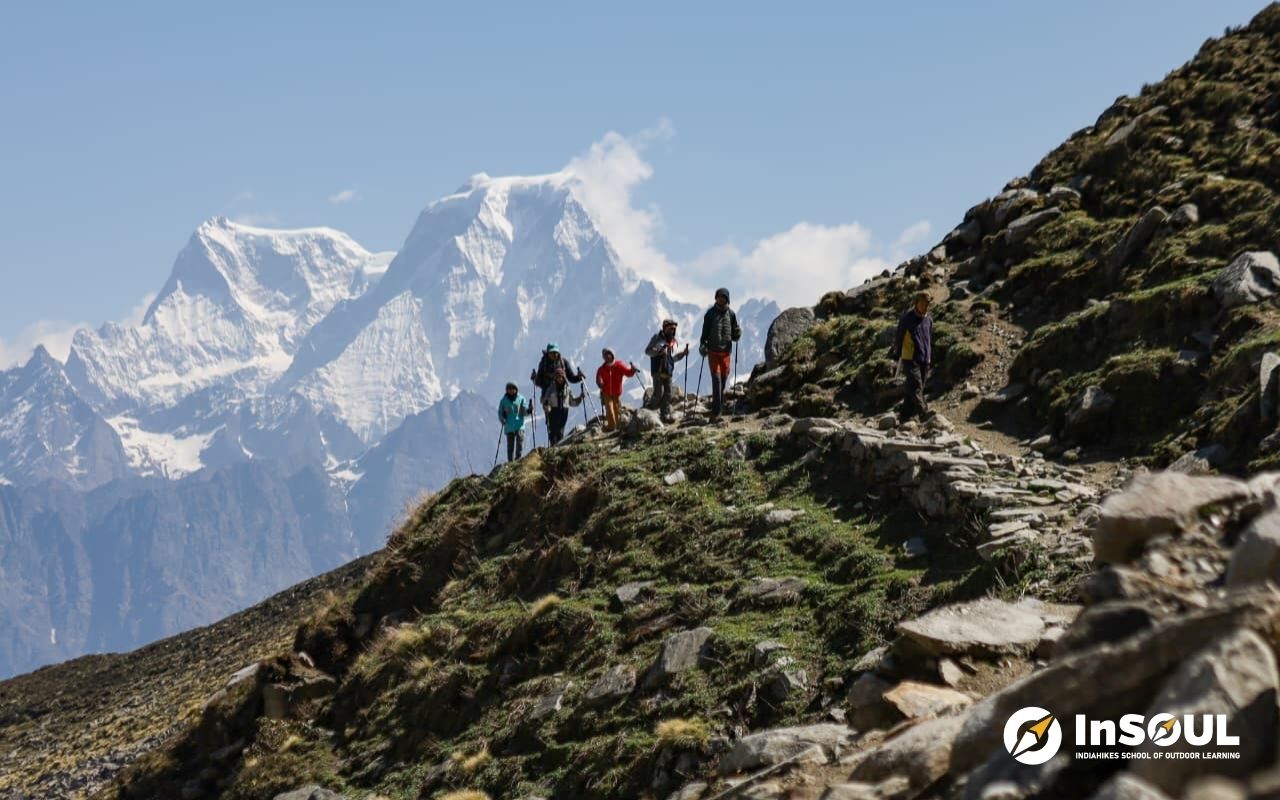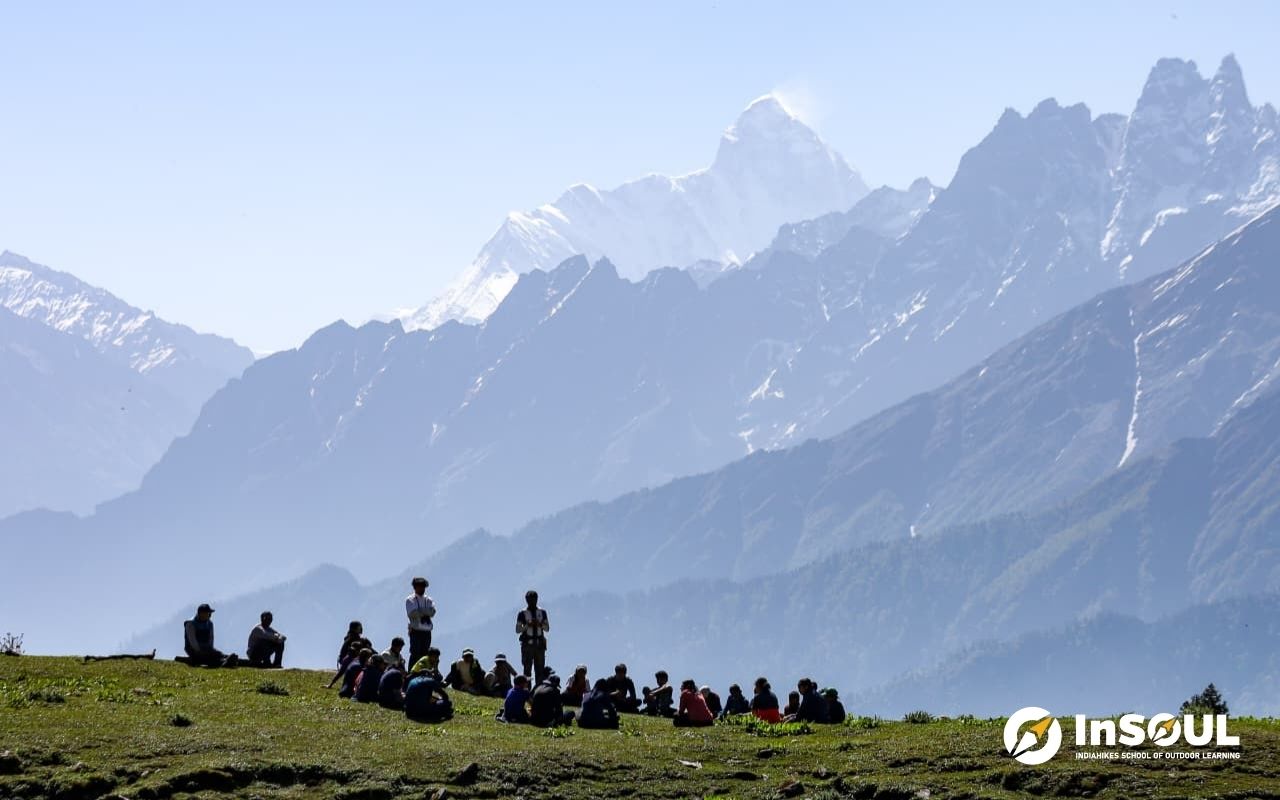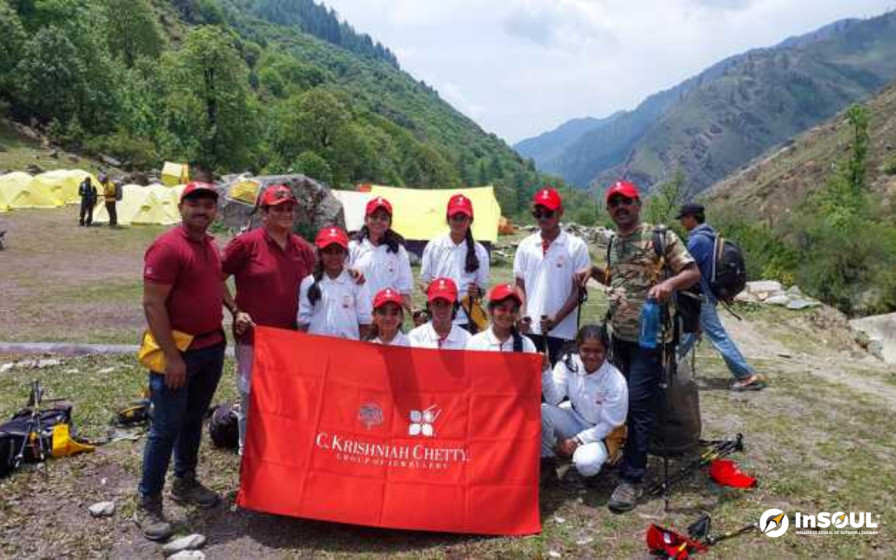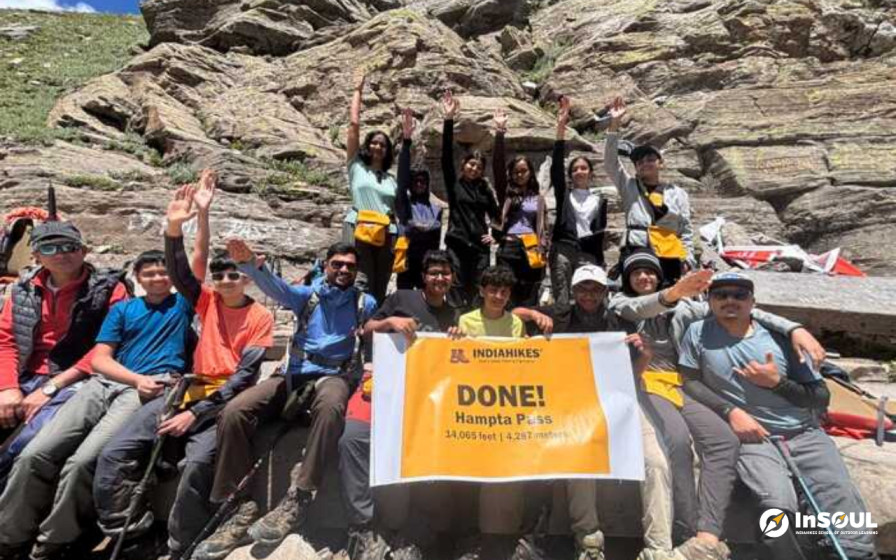
Organizing a hiking trek for preschoolers aged 3-6 years is no small feat, but the InSoul team made it seamless, inspiring, and utterly magical. From the very first interaction, their professionalism and warmth shone through. As soon as we submitted an inquiry on their website, their response was prompt and thoughtful. Ms. Mrudula, our first point of contact, guided us with utmost clarity, detailing every aspect of the trek—from location recommendations to a comprehensive plan of action. Her inputs, both over calls and through the detailed flow document, ensured we were well-prepared. What stood out was the pre-trek briefing organized by Ms. Mrudula and Ms. Sibanwita for the parents. Their presentation was meticulous, providing an in-depth overview of the trek, addressing every query, and giving parents the confidence to entrust their little ones to this journey. Post-briefing, they created a WhatsApp group for the school community, which became a hub for resolving concerns, sharing updates, and ensuring seamless communication among management, staff, and parents. The enrollment process was effortless, with every participant secured under trek insurance—a thoughtful and professional touch that underscored the team’s commitment to safety. On the trek day, 15th November 2024, the Indiahikes team, led by Deepthi Darshan, Aditi, Amit, Karan, and Sansthita, was already at the base of Kunagalu Betta long before our group arrived. They coordinated flawlessly, sharing live locations to guide us during our commute. Their readiness and enthusiasm set the tone for an unforgettable experience. The trek itself was a masterclass in eco-conscious adventure. The team divided the participants into manageable groups, assigning 3 adults per 6 children, ensuring safety and personalized attention. Before the hike began, they shared the ethos of eco-friendly trekking, distributing eco-bags for participants to collect litter along the trail—a wonderful lesson in sustainability for our little ones. Throughout the trek, the team demonstrated exceptional care and understanding. They communicated the ecology of the area in simple, engaging language, turning the hike into a fascinating learning experience. With every step, they cheered, guided, and befriended our preschoolers, encouraging them to push their limits while keeping the pace comfortable. The resting spots were thoughtfully planned, with the team providing healthy, homemade trail snacks to keep everyone energized. Reaching the summit as per schedule, the trek culminated in a joyous celebration, followed by age-appropriate activities that kept the children enthralled. What touched us most was the team’s genuine connection with the children. The little ones were so excited to bid farewell to their new mentors and friends, leaving with hearts full of joy and unforgettable memories. The Indiahikes team ensured the safety and happiness of every participant until the very end, staying at the venue until our buses departed. Their attention to detail, commitment to sustainability, and ability to create meaningful experiences are unparalleled. For anyone looking to organize a trek, Indiahikes is, without a doubt, the best choice. Their expertise, passion, and care create not just treks, but transformative experiences. We can’t recommend Indiahikes enough for adventures that are inspiring, engaging, and memorable. Thank you, Indiahikes, for this incredible journey with our preschoolers!














